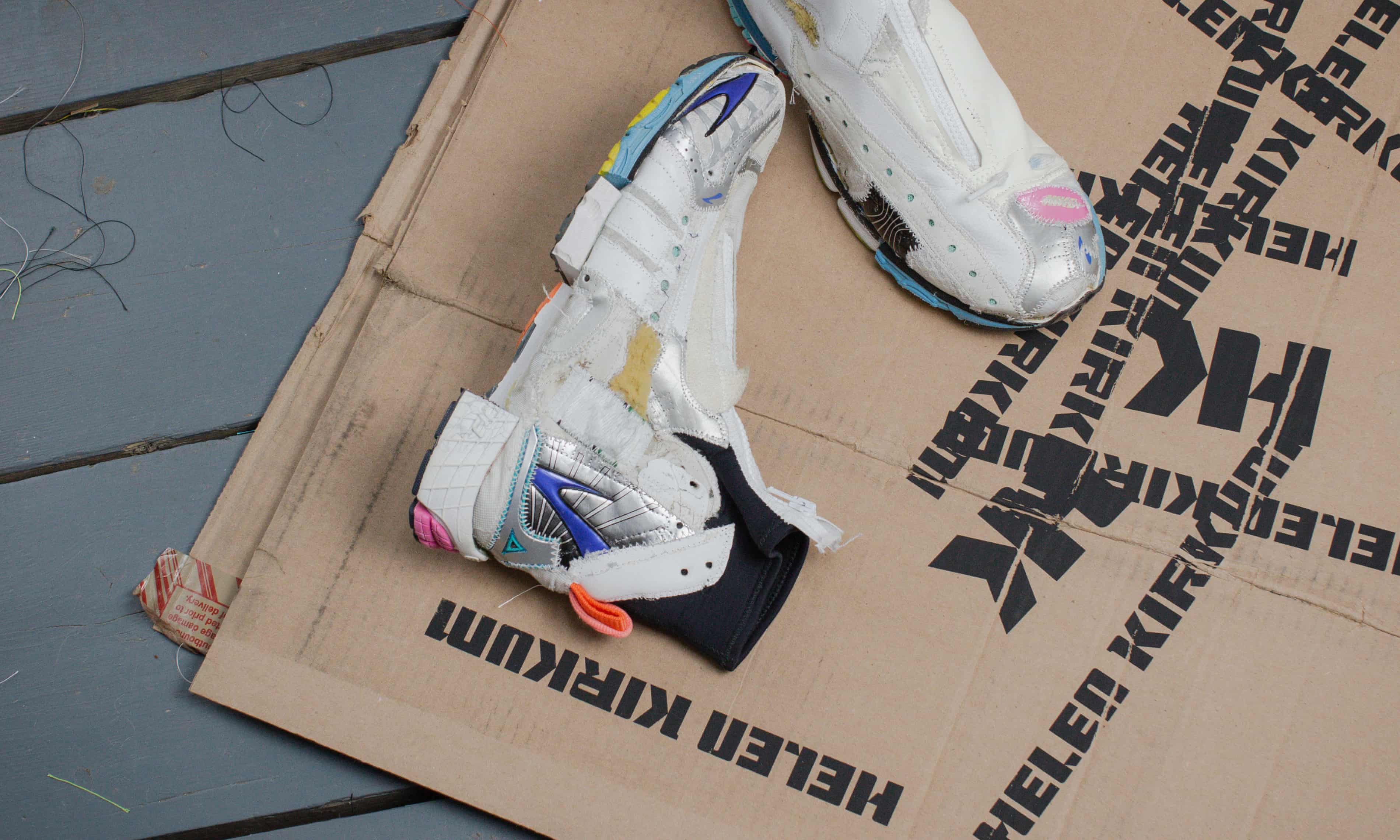
The Fashion spring/summer 2020
Would you wear clothes made from rubbish?
Goodbye mainstream fashion and hello menswear made of table linen, the founder of new publication TRASHmag thinks the future of style lies in the bin
by Chekii Harling• Read more from the spring/summer 2020 edition of The Fashion, our biannual style supplement
What will the fashion industry look like in a decade? If I had my way, it would have reinvented its approach to ‘waste’, mass-produced fashion would no longer exist and we would value clothes for how they are made, not by whom. I believe this is possible: last year, I launched TRASHMag - a magazine focusing on designers and artists producing ethical work. The nine young innovators here are part of that cohort. From the milliner growing plant-based biomaterials to the designer collaging old trainers, their ideas are blueprints for a fashion future that doesn’t cost the earth.

Amelie Gaydoul
Fashioning menswear from table linen
For her final show at the University of Westminster, the recent fashion graduate produced a visual memoir of history based on her grandmother’s restaurant in southern Germany. Gaydoul utilised the restaurant’s 100-year-old tablecloths and napkins as the main fabrics for her collection – food and beer stains included. Many of the looks were accessorised with silver spoons sourced in London’s antique markets; she aimed to highlight that we “don’t appreciate what we are surrounded by because we are living in such a fast-paced world”.

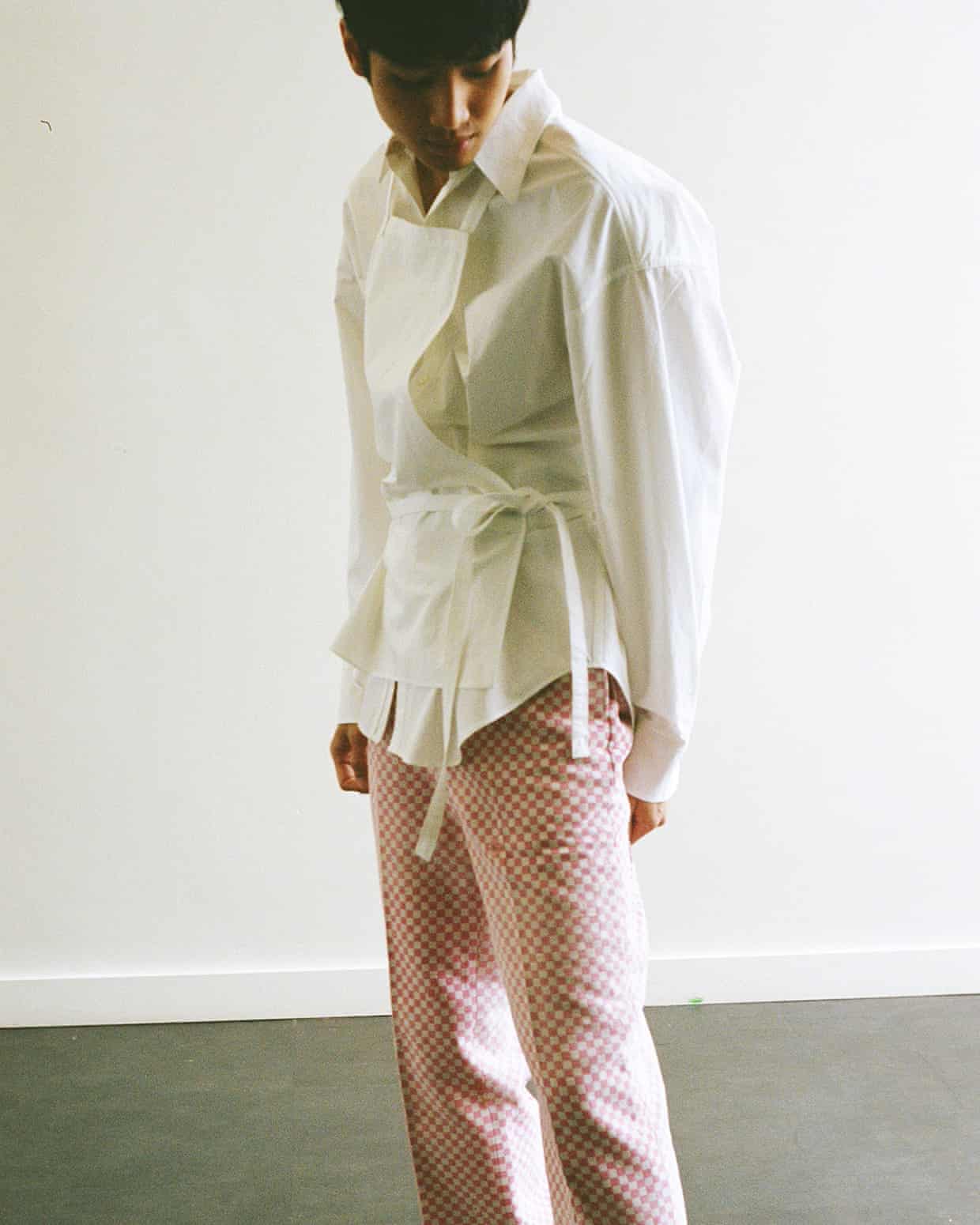

Duran Lantink
Repurposing designer cast-offs
The half-Dutch, half-South-American, Amsterdam-based designer – who famously designed the “vagina trousers” Janelle Monáe wore for her Pynk video – makes new garments by merging luxury labels’ unwanted items. Embodied in his pieces, which have also been worn by the likes of Billie Eilish, is the essence of an unusual fashion encounter. Deadstock, or unsold items and unused fabric, from Nike, Dr Martens, Hermès and Dries Van Noten has been used to make a single pair of shoes. It’s no surprise he is drawn to high-calibre brands – his “fashion-forward” mother has a taste for Margiela and Gucci. “I’d cut up garments I found in her closet from as young as nine,” he says. Lantink also has a bespoke service, and works with Liberty and Browns to make collections from the stores’ deadstock. “When I started, there was never ‘sustainability’. But it’s what I’ve done forever and I couldn’t imagine doing anything else.”


Available at Browns, Farfetch and Modesens

Cecily Cracroft-Eley
Turning bark and nuts into garments
The Central St Martins BA knitwear student graduated last year with a handcrafted collection made mainly from natural materials including walnuts, nzimbu shells, organic jute twine and bark cloth sourced from the forests of Uganda, where she spent her placement year. “I became obsessed with local, traditional crafts and the community aspect – it’s beautiful to see people working together,” she says. Witnessing shockingly unethical practices in the industry while interning in Paris prompted her to use only natural and recycled fabrics for her final collection. This month she is returning to the same place in Uganda to work with the women in the community there, believing “the most modern thing we can do now is return to craft. The entire system needs reshuffling.”
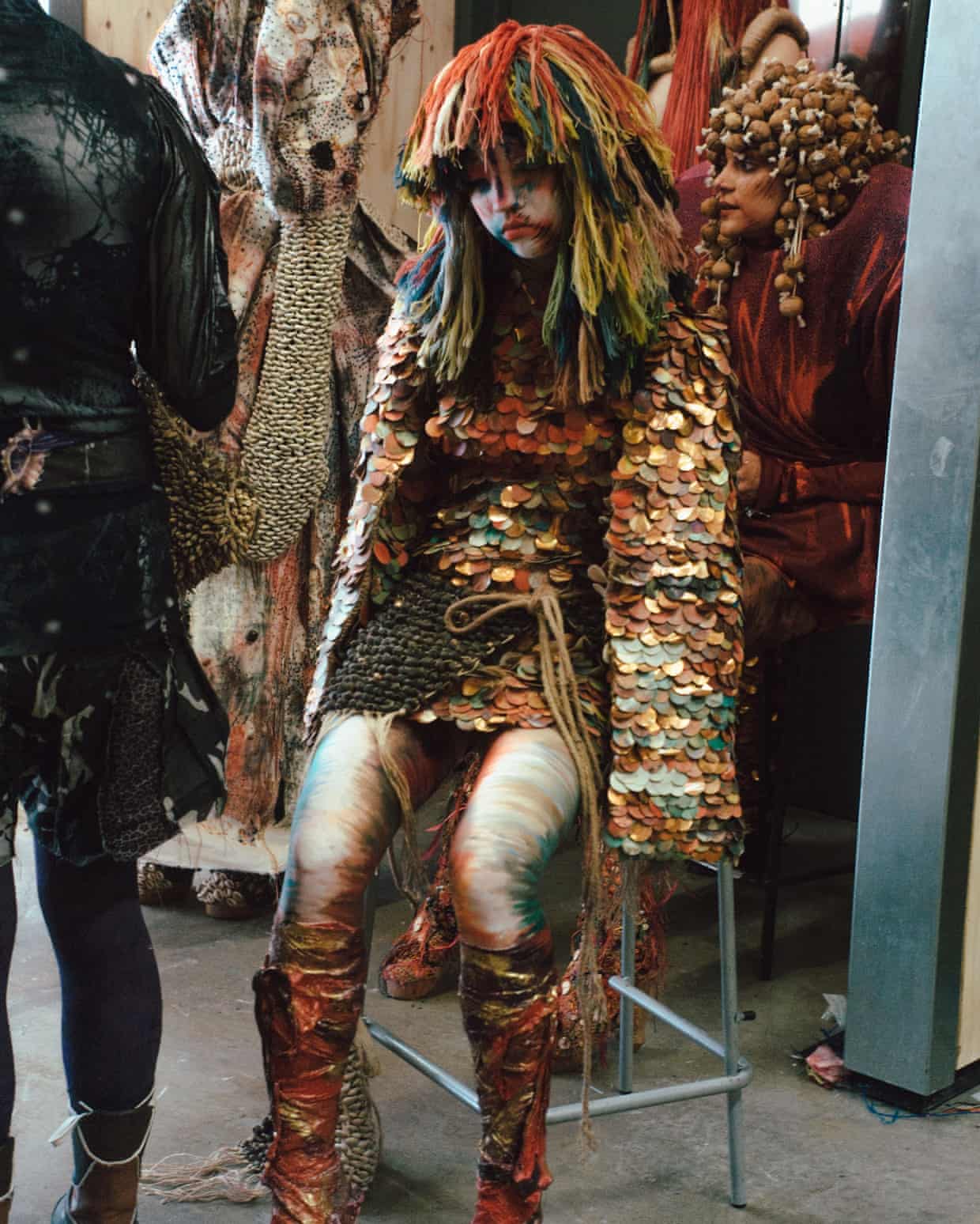
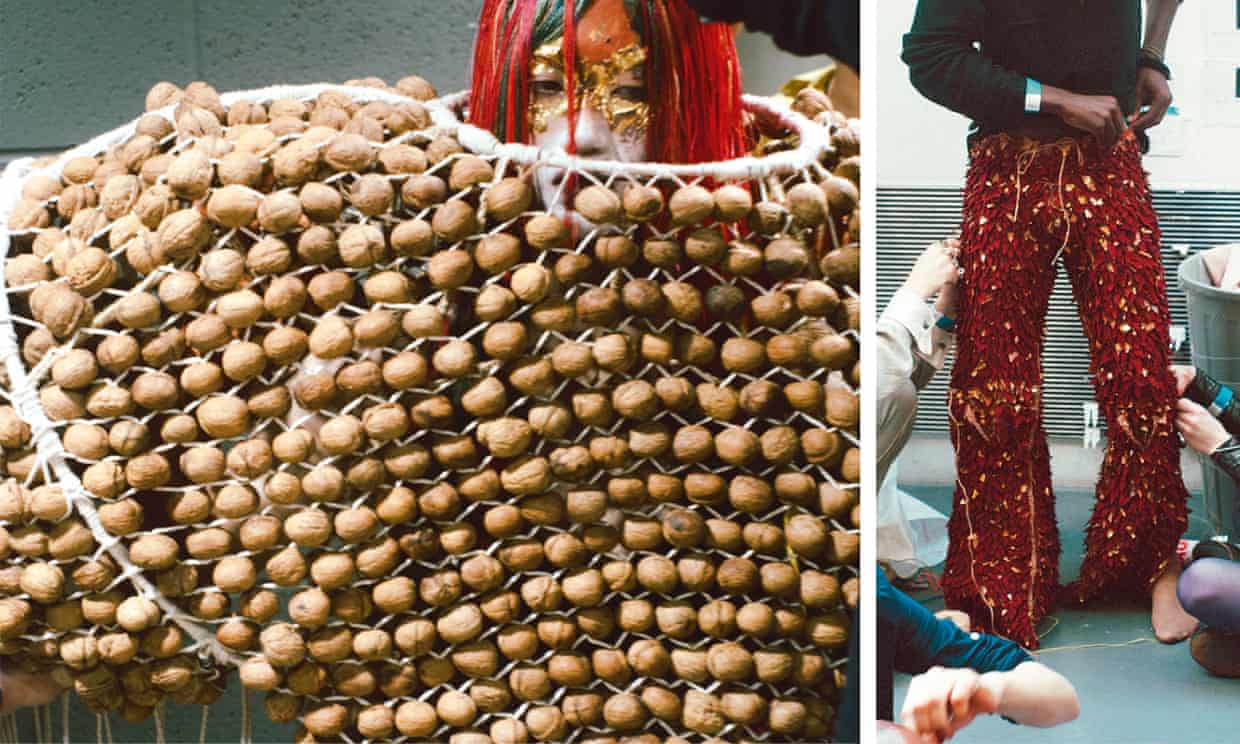

Priya Ahluwalia
Bringing new life to unwanted clothes
For AW20, the menswear designer, who studied for her BA at UCA Epsom and her MA at Westminster, focused on the year 1965. “My mum’s Indian, Dad’s Nigerian and my stepdad is from Jamaica: I wanted to look at the year in the countries I’m affected by,” she says. Witnessing “the sheer amount of clothing we get rid of”, on a visit to Panipat in India and when working in high street fashion, made Ahluwalia want to utilise deadstock, the unused fabric and clothes made by brands. It’s a method she has practised since founding her label in 2017. She believes that “every industry needs to have a hard look at itself – I’m going to be a designer but I’m going to do it in the best way possible.”
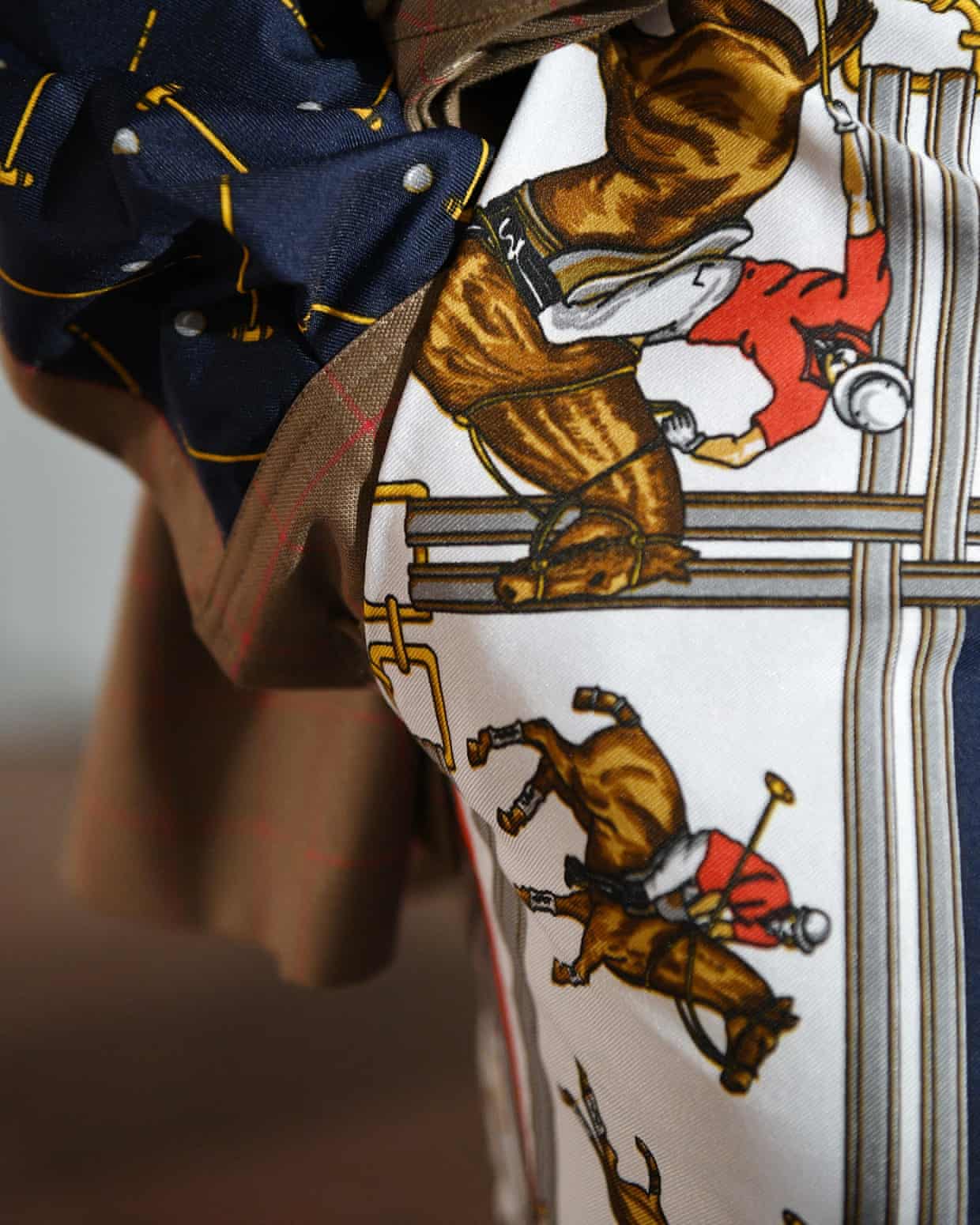
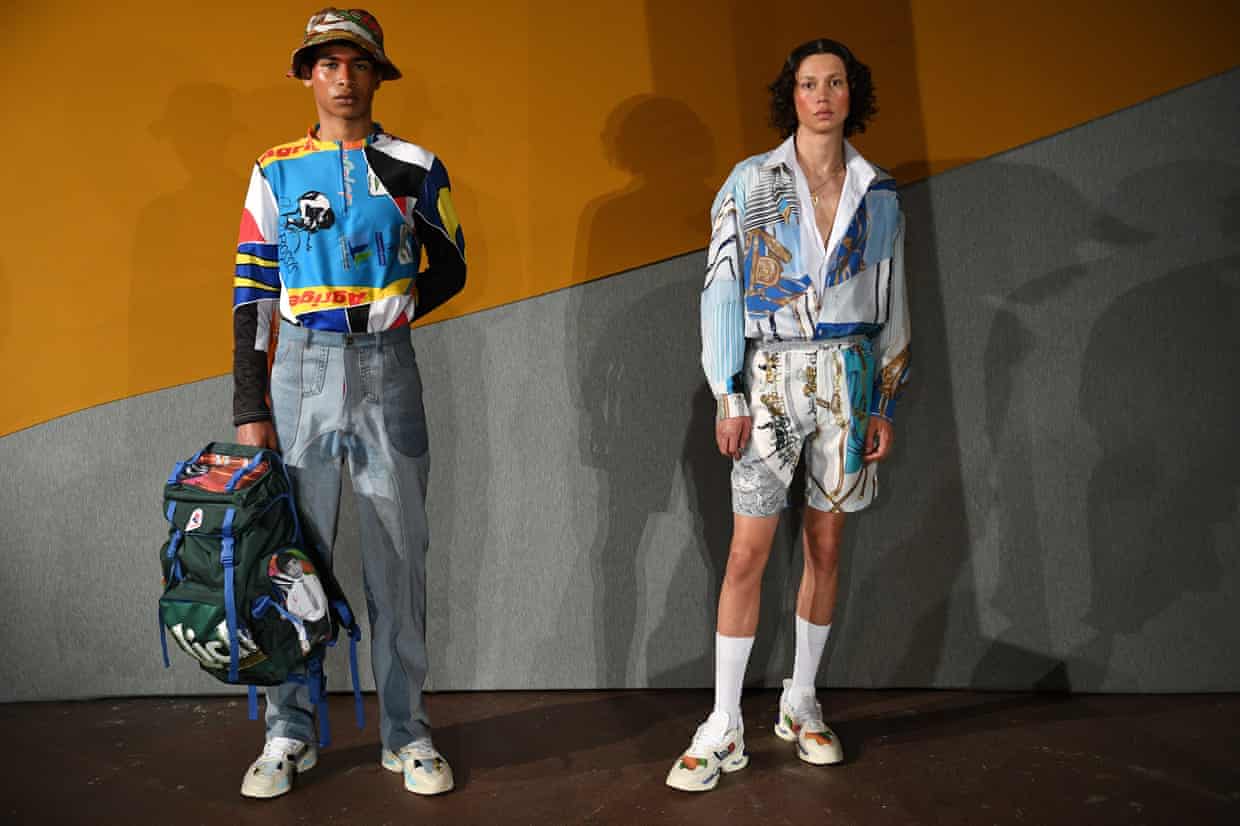
Available at Browns

Leo Carlton
Making millinery modern
Finally, somebody has transported millinery – traditionally associated with Ascot and weddings – into the 21st century. Carlton was brought up in Oxfordshire, where he is now growing plant-based biomaterials to make headpieces that he digitally prints using virtual reality and 3D software. “My dad is a farmer – if you get barley at the right time, it can look like certain feathers, if you treat and dye it right,” he says. Carlton studied fashion, bags and accessories at the London College of Fashion and has since been working on his futuristic, yet delicately botanical headpieces. They symbolise that in a time of crisis, nature usually has the answers.
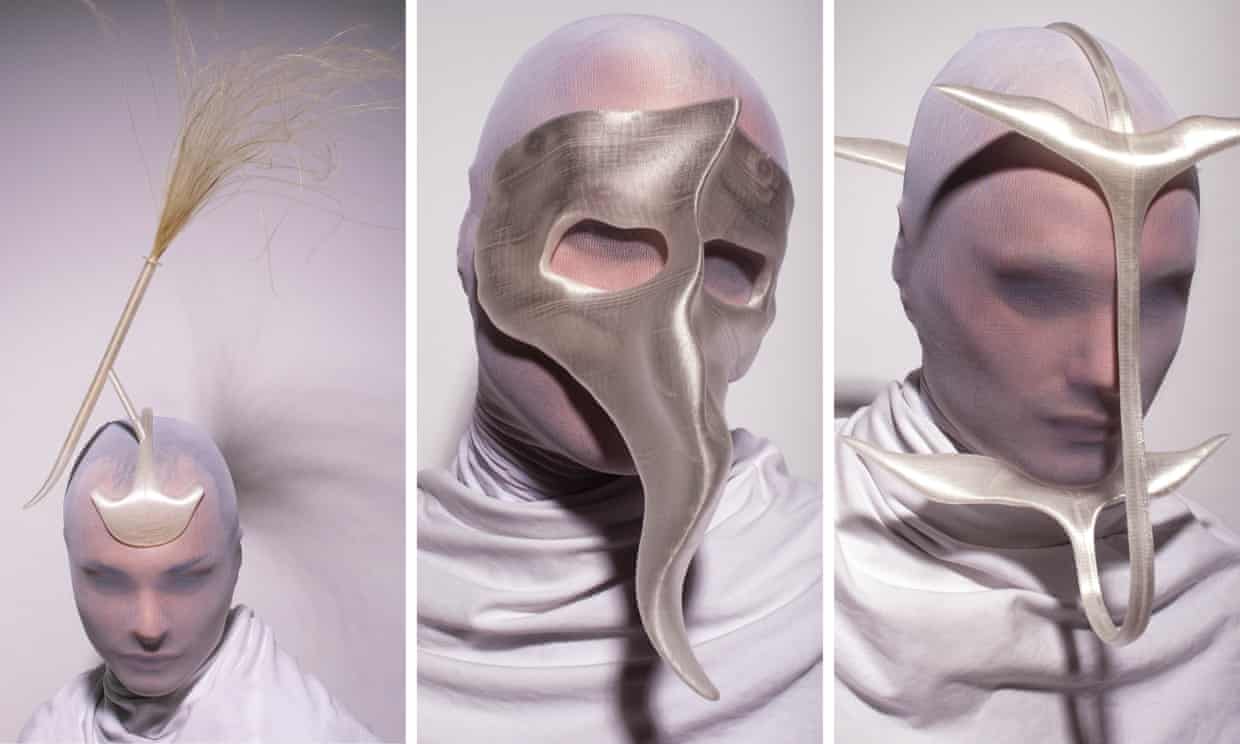

studio@leocarlton.com

Matthew Needham
Upcycling old pieces into new designs
Needham describes the way he works as “putting something that has no materialistic value into a fashion context”. For his Central Saint Martins MA collection, Øyeblikk (“in the blink of an eye”), he transported himself back to Norway, where he spent some time in 2015: “Each piece is part of that story,” he says . He worked with organic jerseys, old suitcases and “luxe fabrics donated by Alexander McQueen”. He and Helen Kirkum have together upcycled three pairs of designer heels donated by US Vogue’s Sarah Mower, while tears he cried and collected before the show have been turned into a crystal by RCA graduate Alice Potts, a wearable memory of a moment in time. Though Needham’s work is not yet for sale – he graduates this year – it has already gained attention. In 2019, it appeared in the V&A’s Tim Walker: Wonderful Things exhibition and it is worn by Emma Watson in the latest Pirelli calendar.

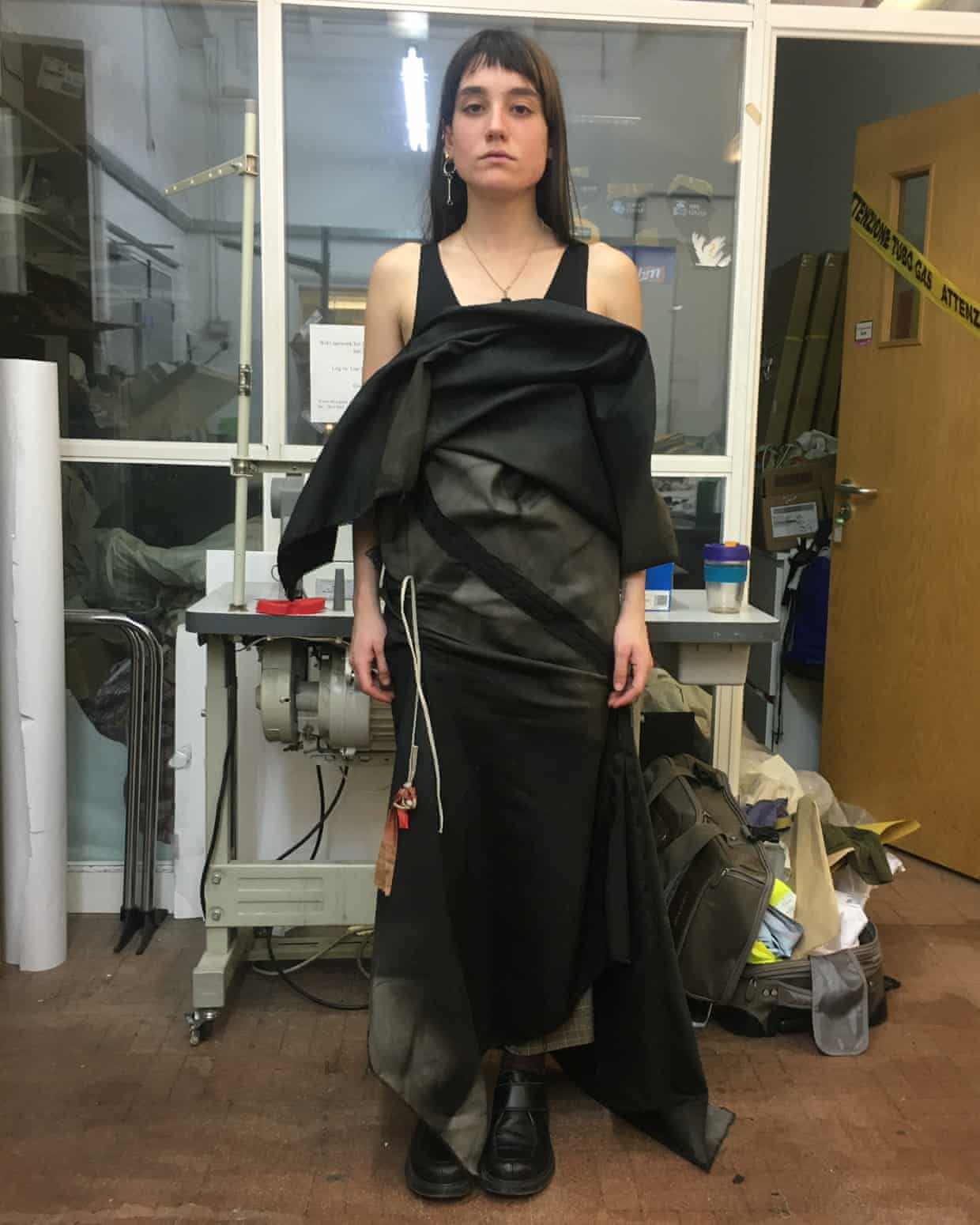
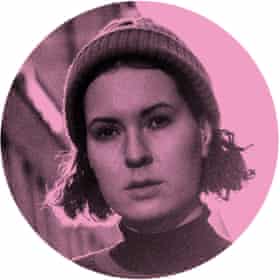
Helen Kirkum
Splicing together odd sneakers
Kirkum has transferred skills and methods traditionally found in the historic craft of shoe-making to the box-fresh world of sneakers. Her thinking is modern, yet her creations are anything but brand new. Kirkum collaborates with charity shop Traid, collaging donated odd (and therefore unsellable) shoes with material scraps to make bespoke trainers. “My aim is to give beauty back to what would otherwise be deemed useless,” she says. She developed her rough and ready, yet detailed aesthetic on her MA in footwear at the RCA, where she studied prior to working at Adidas for a year. “It exists on the outskirts of various circles,” she says of her work. “Both sneakerheads and art collectors have purchased my pieces. I’m continually surprised by who my customer is.”
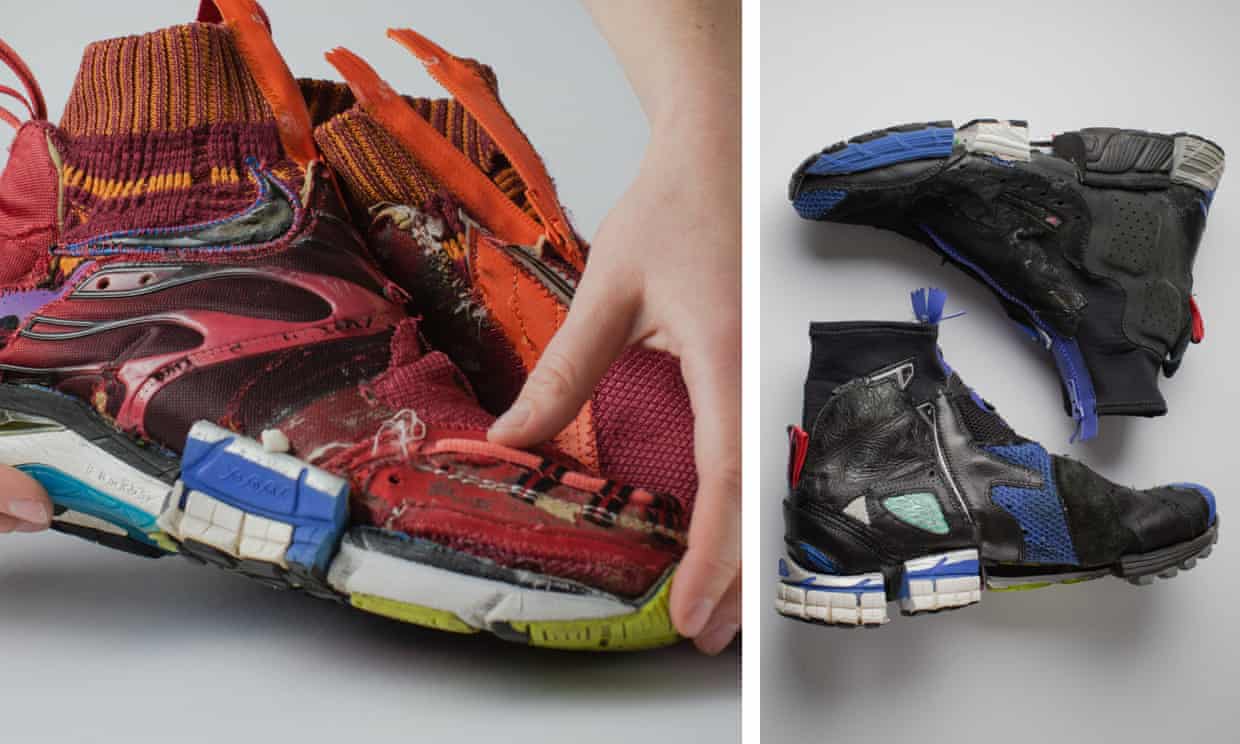
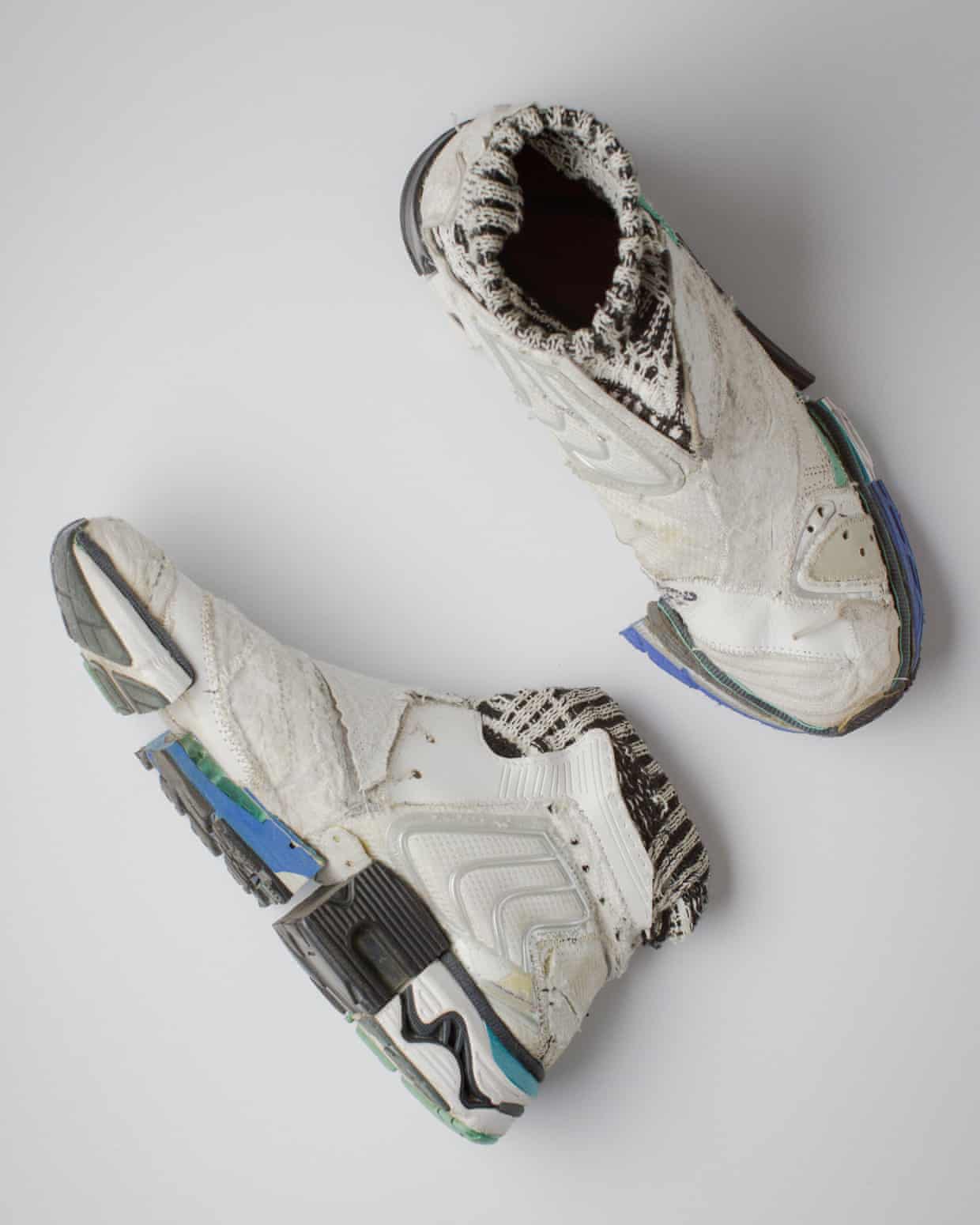
@helenkirkumstudio; helenkirkum.com

Phoebe English
Disrupting the fashion system
Reinventing her business in response to the climate crisis, English has leapt from using 20% recycled fabrics to 70% in just three seasons. “I feel passionately optimistic about the power of change,” she says. She has also founded the Fashion on Earth WhatsApp group, an information-sharing platform for eco-conscious fashion professionals, insisting that “we need to stand together in a time of emergency”. She is rethinking how to extend the lifespan of the pieces she creates, because “designing is fundamentally problem-solving”. Recently, this has seen her make a limited range of garments from care labels usually found inside clothes: “A literal comment on the materials we are letting go.” Her wearable, often adjustable, pieces work to challenge the idea that, as clothes wearers and as an industry, we have “an addiction to excess”.

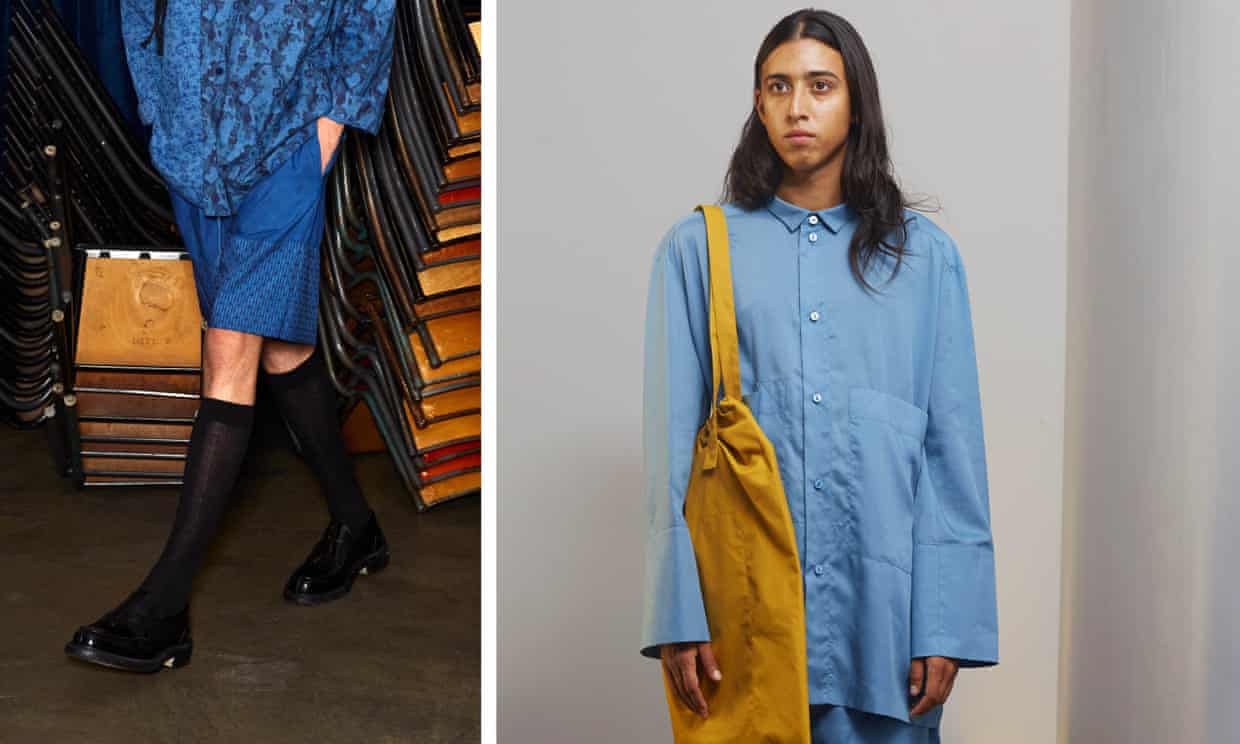

Bethany Williams
Fashion that helps communities
Williams’ label is an outstanding example of how a fashion brand can have a positive impact. Each season she collaborates with a different charity, donating 20% of her profits to the cause. Williams grew up in the Isle of Man, surrounded by local industries where “there was a strong sense of community”. This season, she worked with Magpie, a charity that helps immigrant mothers living in inadequate temporary accommodation, bringing their stories to life within garments made from old bell tents, deadstock denim and knitwear, made in collaboration with knitting collective Wool and the Gang.

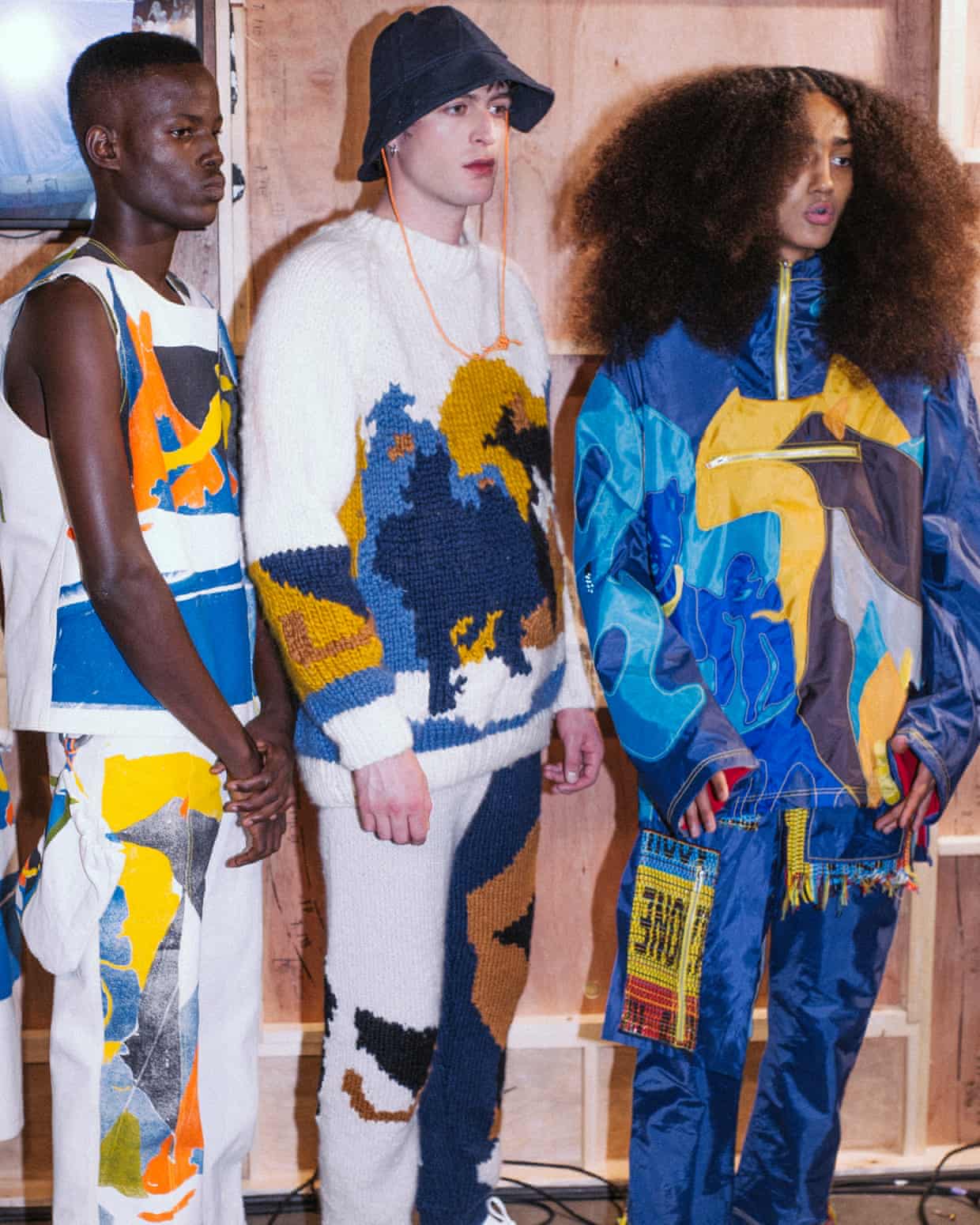
Available at Farfetch